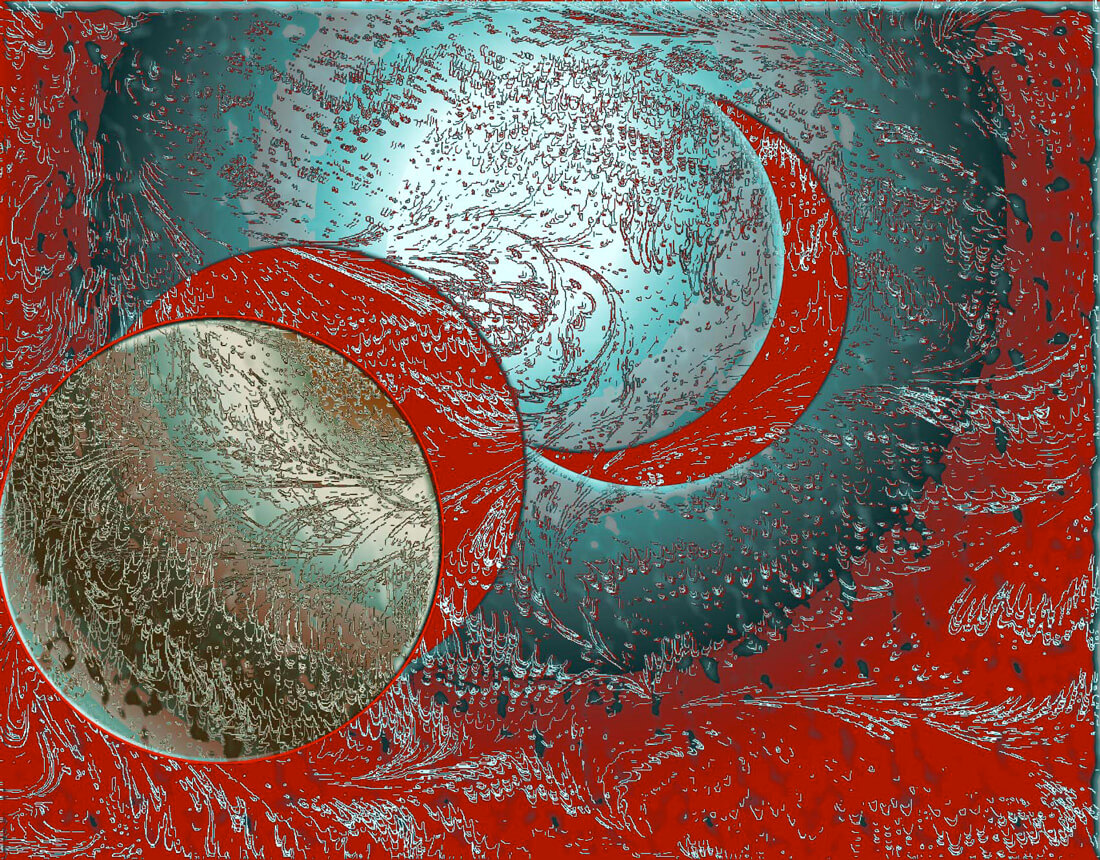Posts Tagged ‘art materials’
Quality Materials and Pricing Your Materials Cost
This being sick for so long has really put a dent in my creativity, completion of projects, and overall well-being. I am trying to catch up on an online gallery class by a gallery owner in Scottsdale, AZ, Jason Horejs. The assignment I am reading now talks about pricing out your cost of materials, as well as looking at the quality of materials. There are too many ideas floating around in my head to try and leave a plain comment, so I wanted to “think it all out” in a post.
We’ve priced out cost for our marbling a lot of times. Carrageenan keeps increasing, cotton fabric is increasing, and we’ve changed paints because of pigment issues. Probably doesn’t hurt to do the costing again. A half pound of carrageenan in over $30. We can get 8 marbling sessions out of that. So $3.75 per session for carrageenan. We spend $6.00 for each bottle of paint. In one session we use the equivalent of 1 full bottle. So there’s another $6.00. Cotton fabric – we buy prepared-for-dyeing fabric from Dharma (which isn’t wholesale at all but is the best we’ve found to be able to use – offshore fabrics won’t take the paint well). Cotton runs about $7.95 yard, and we attempt to do about four half-yards each session, is not more. That’s $16.00 for fabric. Alum (pretty cheap) and distilled water (also pretty cheap) are the rest of the supplies. Probably $3.00 per session. That’s $28.75 for the marbling session, not counting prep time and clean-up time.
originally we used to sell our fat quarters for $6.50, more for the half-yards. The prices of supplies have gone up, so fat quarters are now $8.00. There are 4 fat quarters to a yard of fabric. If all we do are 4 fats, each would cost out to $7.19. Eight fats cost to $3.59. Better, but not accounting for labor. That’s one reason why we try to do 12 fats and a lot of remnant pieces, which sell well on eBay, where people want something for virtually nothing. Twelve fats is $2.40 a piece, considerably better. We’ve found that there is an upper limit on what people will pay for a relatively small piece of fabric (18 x 24 inches). I’m not sure we can raise our prices much more, yet we are having success selling on Etsy and charging about a dollar more per piece. We make our money on the larger art pieces.
Concerning wholesale, Dharma, where we get our fabric, does not wholesale at all. We can get a bolt of fabric from Kona Bay, but we need to dye the fabric first before it will take the marbling. More labor, a little more expense, but certainly a cheaper source of fabric, but we’re not finding much of a market yet for those fat quarters. Our carrageenan we get from a fellow marbler whose prices are about $10.00 cheaper, and he also mixes the paints we need to a specific formula, so there is no variation in pigments. The acrylics we used to use (that we cheap) no longer work, due to pigment issues, water issues, and offshore fabrics. For the amount of labor involved in marbling, we learned early on not to use cheap fabric. The fibers rot, and it fades. We’ve not found that problem with well-produced fabrics.
As for the art pieces, Arizona is not a big market for fiber art, especially if it is not western. We have sold pieces, though. We tend to price based on earlier appraisals of our work and what we see for other fiber artists with comparable work. We need more current appraisals of our latest works, and then adjust prices accordingly.
There was a lot of discussion about framing. Most of our fiber pieces can hang directly on the wall, yet is seems that folks want them somehow framed, so we have taken to wrapping a canvas frame in black fabric and then sewing the piece to the fabric on the canvas. That way the piece hangs away from the wall, and it seems to look better. One of my goals is to do more pieces like this and see if we can develop a market for them.
So probably more than you wanted to know, but it is useful to revisit a cost analysis every few years. I’d welcome comments on what you’ve discovered in pricing your materials cost.
